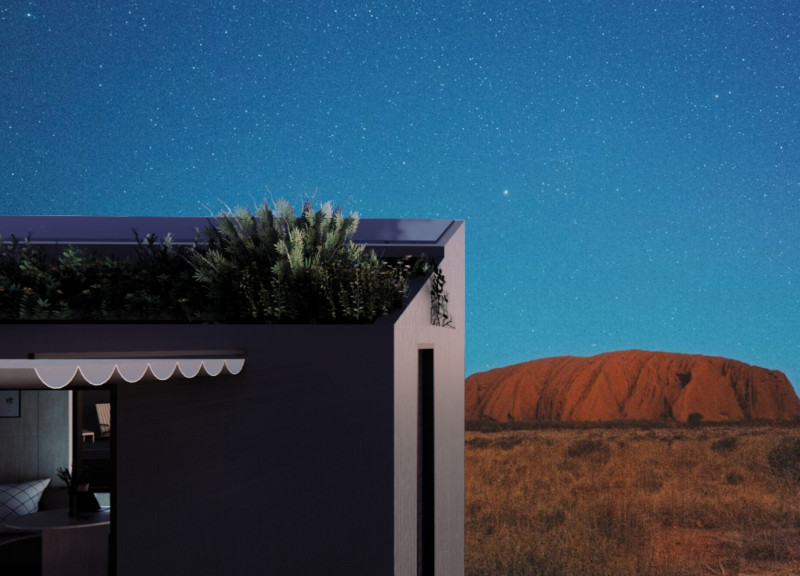5 key facts about this project
The primary function of this architectural design is to provide a space that fosters engagement. From its initial conceptualization, the project has been envisioned as more than just a structure; it is a hub for creativity, learning, and community connection. The layout maximizes usability, featuring open-concept areas that encourage social interaction, alongside more intimate spaces for focused activities. This balance of design reflects a deep understanding of how architecture can influence human behavior and promote a sense of belonging.
One of the notable features of this project is its facade, which skillfully combines different materials to create a cohesive yet varied visual experience. The use of glass is particularly significant, allowing natural light to flood interior spaces while providing transparency that connects the occupants with the outdoors. This choice not only enhances the aesthetic quality of the building but also contributes to the overall sustainability of the design. By harnessing daylight, the structure reduces reliance on artificial lighting, thereby minimizing energy consumption.
In contrast to the glazing, the application of textured materials such as brick or wood introduces warmth and tactile quality that grounds the building in its environment. These materials have been selected not only for their durability but also for their ability to resonate with the local architectural vernacular. The thoughtful integration of these elements speaks to a broader narrative of environmental stewardship, demonstrating a commitment to using resources that reflect both local identity and sustainability values.
The layout of the building further exemplifies innovative design thinking. Spaces are organized to facilitate a seamless flow between different functions. For example, communal areas are strategically positioned near entry points, promoting accessibility and inviting all visitors to engage with the space. More private zones serve specific functions while still maintaining visual connections to the main areas, ensuring a sense of openness throughout the design. This careful consideration of circulation patterns enhances the overall user experience and supports the project’s mission of fostering community engagement.
Additionally, the project incorporates environmentally friendly technologies and practices. The design embraces energy-efficient solutions such as passive solar heating and advanced insulation techniques. These elements are not just functional; they also serve an educational purpose, demonstrating to the community the importance of sustainable practices in everyday life. By leading by example, the project encourages users to reflect on their own impact on the environment.
Unique design approaches are evident throughout the project. One notable aspect is the innovative use of outdoor spaces, blending them with the architectural mass. The integration of gardens, terraces, and green roofs provides not only recreational areas for users but also enhances biodiversity. These outdoor elements create a sense of continuity with nature, which is increasingly important in contemporary architectural discourse. They invite occupants to experience and appreciate the outdoor environment, reinforcing the connection between the built and natural worlds.
Moreover, the project's design reflects a commitment to inclusivity. Accessibility has been a foundational principle, ensuring that all users, regardless of physical ability, can navigate the space with ease. The thoughtful incorporation of ramps, wide corridors, and clear signage demonstrates an understanding of diverse user needs, creating a welcoming environment for everyone.
As you explore the architectural plans, sections, designs, and ideas presented in this project, you will gain deeper insights into its complex layers of meaning and functionality. The careful orchestration of spaces, materials, and ecological considerations speaks to a holistic approach to architecture that prioritizes both user experience and environmental responsibility. Engaging with the project further will unveil its nuances and illustrate how thoughtful design can lead to meaningful community outcomes.


























